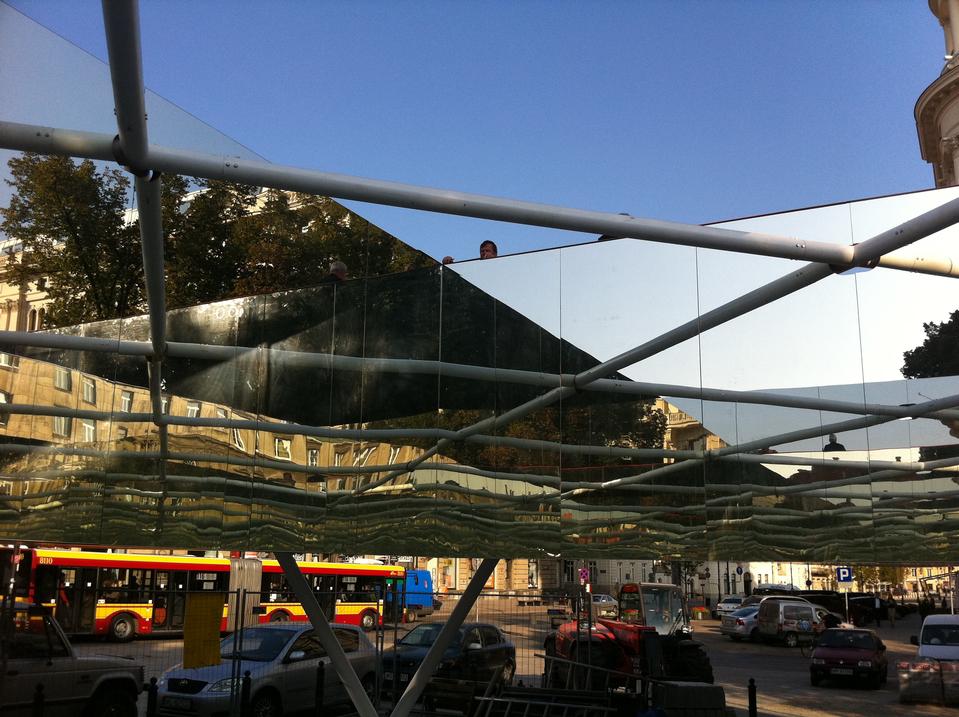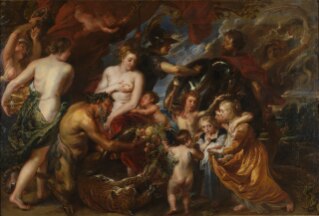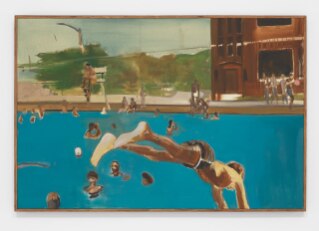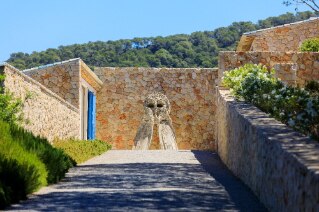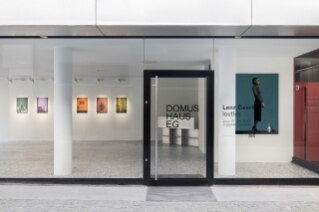In this respect, Eliasson's project follows the central idea of the Polish Presidency: Art for Social Change. There were seven architectural studios which took part in the competition including FRPO Rodriguez & Oriol Architecture/Landscape, Spain; Medusa Group, Poland; Pezo von Ellrichshausen Arquitectos, Chile; and the winning Studio Olafur Eliasson, Germany. The jury, chaired by artist Miroslaw Balka, selected Eliasson's pavilion for "creating a user-friendly space that stimulates the imagination" and for being most in line with the central idea of the competition as put forward by Balka during committee: "The form of the pavilion should first and foremost be a source of pleasure".
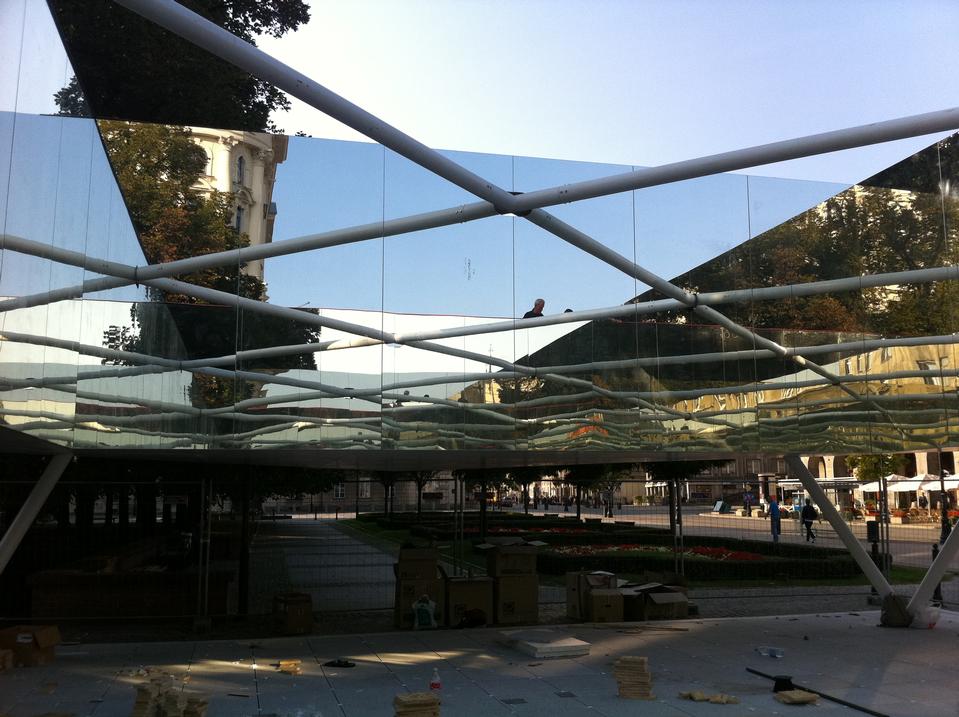
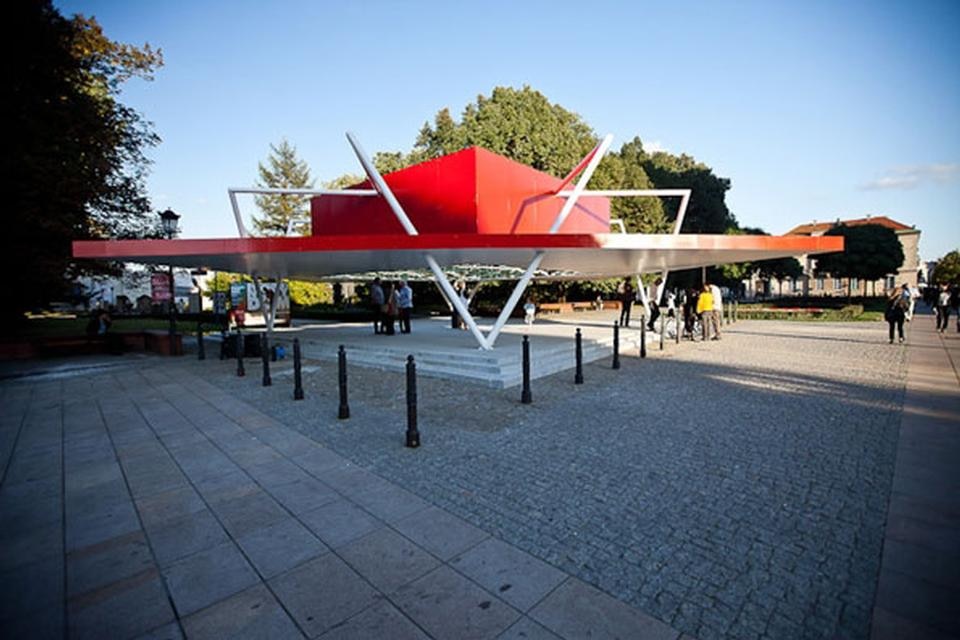
The mirrors, in an almost dreamlike way, reflect and multiply the immediate surrounding: parts of buildings, greenery, sky and the bits and pieces of the pavilion's red structure itself, which seems to extend ad infinitum.
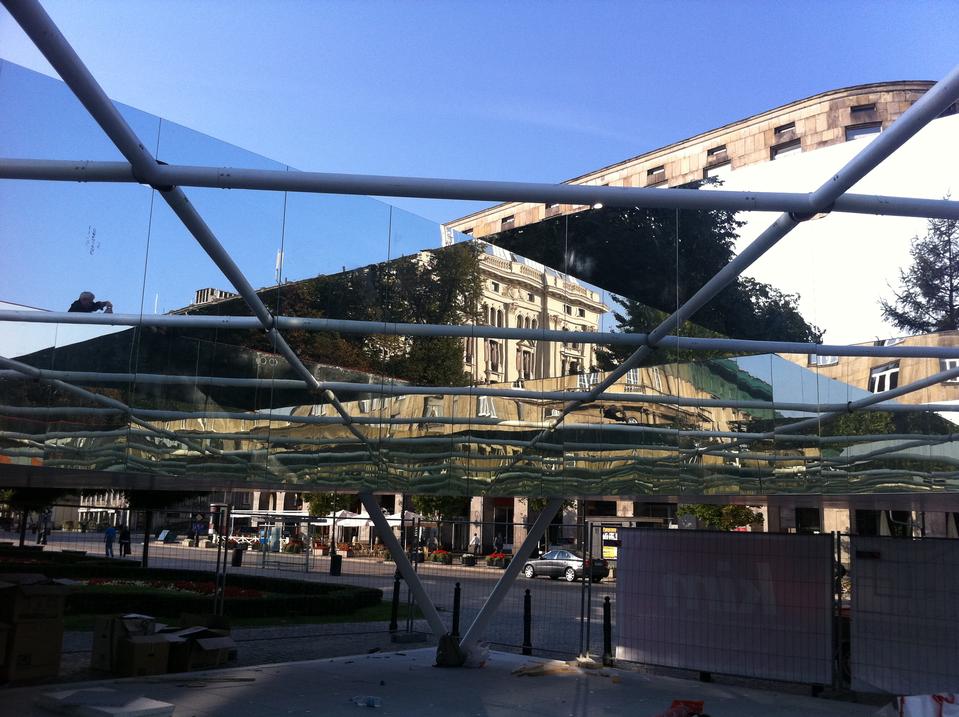
Marcin Szczelina
